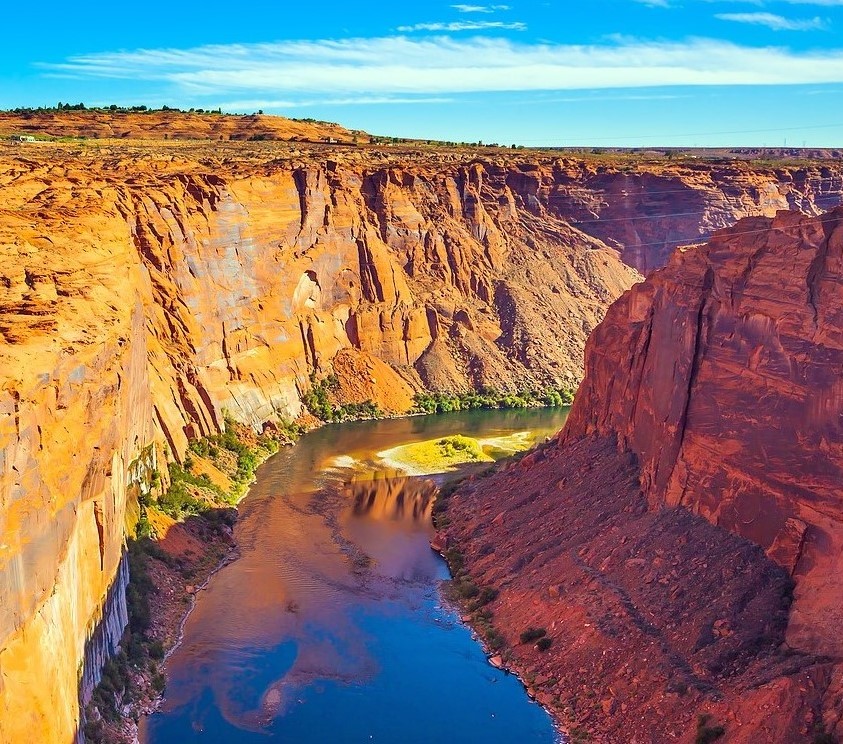News
What Will Future Water Stress Look Like In Transboundary Basins?
There is growing awareness of the problems of water stress and scarcity around the world, and certainly action does need to be taken now in order to protect our water resources in the face of climate change and a growing global population.
In fact, World Resources Institute stats show that one-third of the world’s population now lives with high levels of water stress.
With increased drought and extreme weather events expected to put even more pressure on water, and the growing number of people around the world meaning that demand will outstrip supply relatively soon, it’s important to gain a level of understanding of what water stress and scarcity will look like, particularly in places that are already experiencing this.
A team of researchers has just started looking into water stress in transboundary basins, where people separated by national borders share the same water resources. Currently, climate and hydrological models do not take into consideration the fact that water stress in these basins is driven by availability of water upstream, as well as local factors, Eos reports.
Look at the Colorado River, for example. This waterway flows across the south-west of the US before it reaches Mexico, serving 35 million Americans before it even crosses the border. Increasing demand in the US, coupled with drought conditions, means that Mexico’s riverbed has been left nearly dry.
The study identified 246 such transboundary basins, as well as 886 subbasin areas reliant on transboundary water resources, and revealed that water stress would rise in all areas that are already seeing moderate to extreme water scarcity, including regions in Asia, the Middle East and North Africa.
Taking into account water consumption and availability, as well as population, the best-case scenario (with slow population growth and low carbon emissions) would see water stress in these basins rise by half by 2050, compared to water stress in 2010.
If the current trajectory we’re on in terms of population growth and high emissions continues, water stress would double.
This all makes quite damning reading and, while you might well think that living in the UK means you don’t have to worry about water stress and scarcity, you may want to reconsider your position.
Experts are now predicting that some parts of the country could face water shortages in just ten years’ time, so there’s no time like the present to review your own water footprint, both as a business and as an individual, to see what improvements could be made in this regard.
It can seem quite overwhelming, however, and you may struggle with knowing where to begin. If you’d like some help or advice on how best to go about saving water at your place of business (which will help reduce your bills at the same time!), get in touch with the team here at H2o Building Services today.
